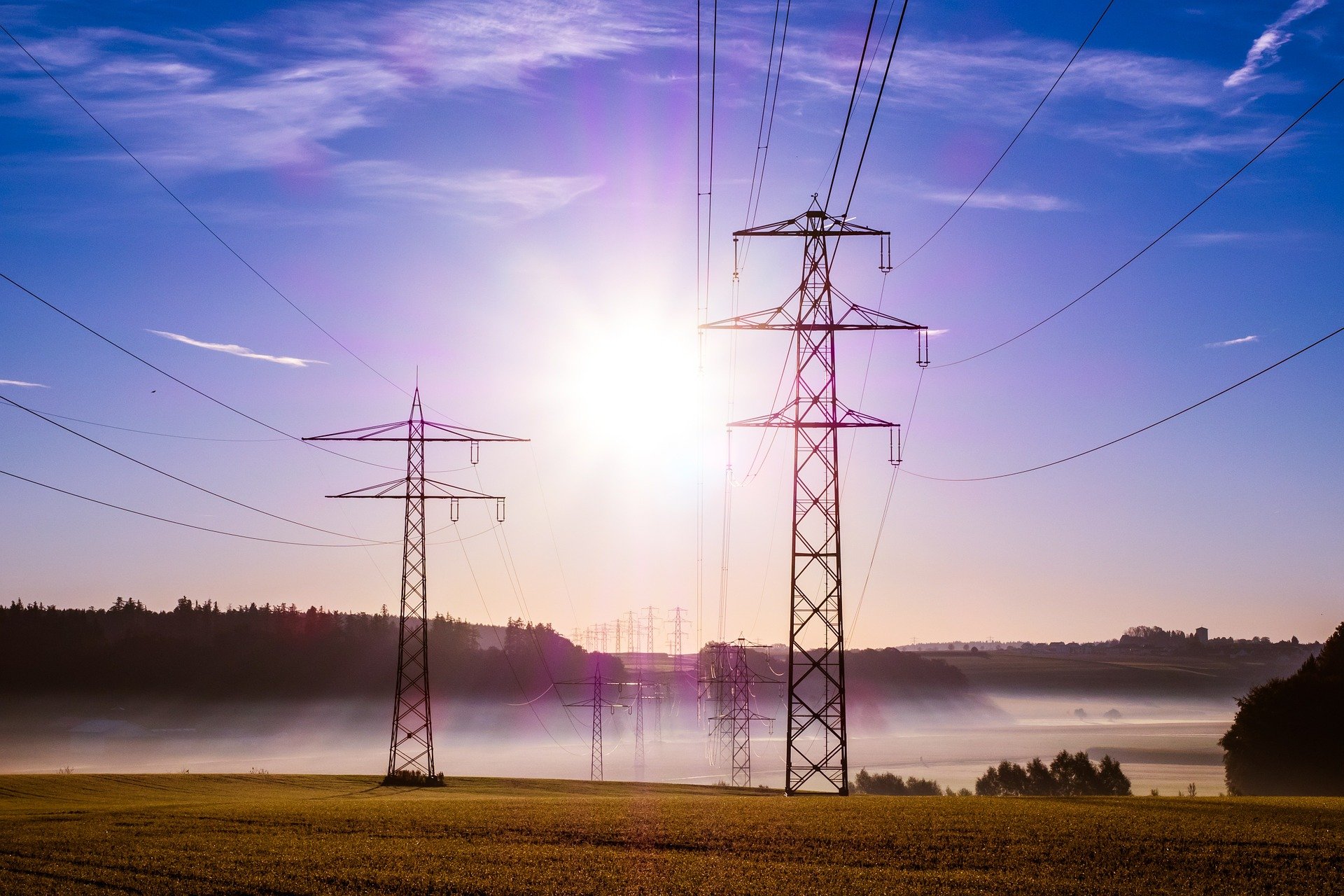6 Common Myths About Energy Deregulation
Energy deregulation is becoming increasingly popular across the United States. Unfortunately, many people fear the change due to confusing and ultimately false myths. Understand the truth about energy deregulation to access amazing benefits by disproving common myths.
What is Energy Deregulation?
Energy deregulation involves altering the current energy market to prevent monopolies by allowing competition. Competitors purchase an energy supply and sell energy to customers at assorted rates, granting customers the power to choose their preferred energy provider.
Energy regulation contrasts energy deregulation. Regulated energy markets are monopolized by utility companies because utilities serve as sole owners and operators of infrastructure and transmission lines necessary for energy generation and distribution. Rates are determined by the state’s public utility commission, meaning customers are unable to control energy expenses or choose energy providers.
6 Myths About Energy Deregulation
Unfortunate and misleading myths exist regarding energy deregulation. Discredit the myths to recognize and receive the amazing benefits of deregulated energy markets.
Here are 6 common myths about energy deregulation:
Myth #1: Every State Features Energy Deregulation
Many people believe every state features energy deregulation. Every state possesses the power to deregulate, but not every state has implemented the option for residents to manage energy expenses. Currently, about 30 states offer some form of energy deregulation regarding natural gas and electricity. Texas provides the most opportunities for deregulation by allowing 85% of the state to select energy providers; however, no state contains complete energy deregulation.
Choose your energy provider by checking whether you live in a deregulated state.
Myth #2: Energy Providers Offer Similar Rates as Utility Companies
Energy customers often believe energy providers offer similar, or even more expensive, rates than utility companies. Utility companies determine and advertise one rate for entire locations; however, every energy provider offers different rates, meaning customers can choose an affordable provider for their budget. Energy providers select prices based on individual’s needs and local competition, leading to guaranteed lower prices. On average, members of deregulated energy markets save about 20% on monthly energy bills.
Access savings by finding an affordable energy provider.
Myth #3: Energy Suppliers and Energy Utilities are Identical
People unfortunately believe that energy suppliers and energy utilities serve identical purposes. Deregulated energy markets allow competitors to purchase an energy supply; however, competitors lack the infrastructure for actually distributing and delivering energy. Utilities remain responsible for delivering energy to homes and businesses using distribution lines. Additionally, utilities are also responsible for energy maintenance, including reading meters and handling emergencies, such as power outages.
Understand the guaranteed reliability of energy suppliers by recognizing the consistent role of energy utilities.
Myth #4: Energy Suppliers are Unreputable
Claiming energy suppliers are unreputable is another myth about energy deregulation. Utility companies are viewed as the only reputable source of energy because people fail to understand the process. Energy providers offer the same energy as utilities just at lower prices because all generators and suppliers use the same marketplace for buying and selling energy. Energy suppliers are also certified by a state’s public utility commission and held accountable to necessary laws and regulations.
Energy suppliers are reputable, trustworthy, and valid sources for powering your home or business.
Myth #5: Once You Switch, You’re Stuck
Customers often think switching energy providers means you’re stuck. Energy deregulation consists of numerous energy providers offering different rates and services, resulting in easy access for changing energy providers if you’re displeased. Energy providers create contracts with customers for ensuring rates and payment plans, generally lasting anywhere between 6 and 18 months. Review your contract to check the end date and ask about fees related to ending contracts early.
Switch energy providers to lower expenses by understanding the process of reviewing and ending contracts when necessary.
Myth #6: Changing Energy Providers is Complicated
Unfortunately, people believe changing energy providers is complicated. In Texas, you can make better choices by checking websites like Texas Choose Power to compare energy rates and find the best energy provider. Deregulated energy markets provide numerous resources for simplifying the process. Switching providers usually consists of three easy steps, including:
- Calculating your current energy rate to guarantee you choose a better deal
- Comparing rates and services of energy providers to find an option matching your budget and preferences
- Changing providers officially by creating a contract, providing your utility account information, and informing your previous provider
Easily receive the cheapest electricity in Texas by changing energy providers.
Access the amazing benefits of energy deregulation by debunking these 6 common myths.

